RCTID = Rose City - Til I Die!On my last article about Gearhart, the birthplace of golf in Oregon, I discovered that both golf and soccor were banned by Scottish Parliment in 1497. the concern of the country's leaders were that able bodied citizens where devoting all thier time to playing games - instead of practicing ways to kill one another. For shame, if they only knew the great battles of Rory and Sergio or Manchester United and Real Madrid to come! The attorney in me wants to go right to the legislative text. Here's what we found:
On the very same day I met one of the owners Chris Underwood of a great local company OPB Oregon Blue Print - an avid golfer and Timber Army fanatic. He has a custom "McKenzie Bag" made here in Portland, OR (more on them in the future). Let's let this post be short and bask in the honor of doing battle in these colors on the pitch on or the green.
maybe a Timbers Army + Eastmoreland Wolves tournament is in our future. 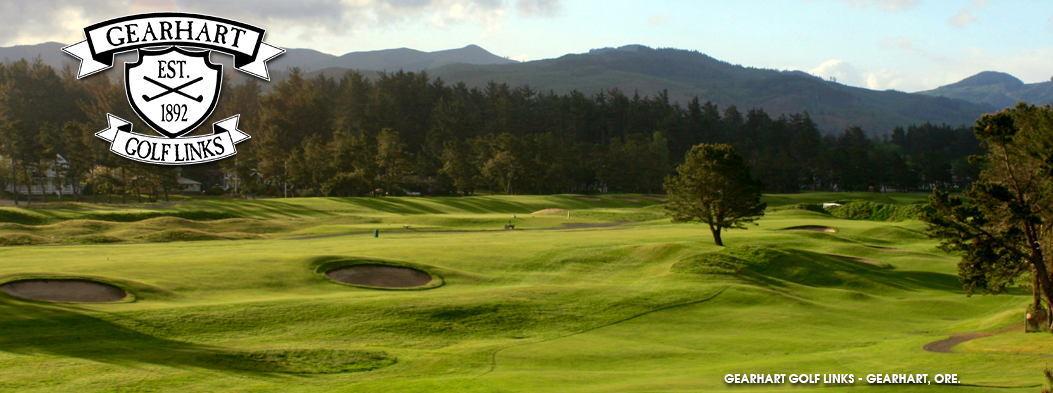 Photo courtesy of http://exploreoregongolf.org Photo courtesy of http://exploreoregongolf.org Timing is everything. With the Eastmoreland 100 Launch Party in early planning stage for 2018, I had the pleasure to join in the 125th celebration at Gearhart Golf Links this past weekend. According to USGA, Gearhart is the oldest course west of the Mississippi, founded in 1892 (with evidence of a 3-hole makeshift course as early as 1888) by many of the founding members of Waverley. Much like the shangri-la of American golf - Bandon Dunes, the Gearhart Golf Links were built into the sandy dunes that reminded the Scottish immigrants of the sandy cliffs of their homeland. Here's a little background history: The word "links" comes via the Scots language from the Old English word hlinc : "rising ground, ridge"[1] and refers to an area of coastal sand dunes and sometimes to open parkland. Links land is typically characterised by dunes, an undulating surface, and a sandy soil unsuitable for arable farming but which readily supports various indigenous browntop bents and red fescue grasses, that result in the firm turf associated with links courses and the 'running' game. Thus "links" are a term referring to the terrain... and it's the attributes of the land that helped create a recreational game. Because the links were unsuitable for farming or building homes, the Kings and Lords of the day decreed that the links would remain public spaces for recreation and enjoyment of the people. Unlike most all other lands, that were held as estates and required grants of entry for use and passage. For example, even hunting in the forest could be considered crime without the express blessing of the King. While golf is often seen as "elitist" the origins of the game are egalitarian as a recreational activity to be enjoyed by all people. You see, by decreeing that Links are open to the public the Kings and Lords of Scotland, literally opened the door for people to find ways to amuse themselves. the two primary sports that began to consume all their free time? Why golf and football, of course! (sound familiar?) The exact origin of when the Scots started hitting rocks or feather stuffed leather balls with sticks sometime in the 15th century is not certain, however there is evidence similar games were played in Roman times and as far back as the Song Dynasty in China in 976. Afterall - who as a child did not pick up a stick and try to hit rocks or pine cones. It's the natural inclination to use tools that makes us human. Just like it's natural to kick a ball. Now these Scottish Lords probably imagined the Links used for picnics, romantic walks on the beach... and military practice, specifically long-bow archery. When the young able bodied future soldiers began to whittle their time away practicing their approach shots with mashies,and countless chipping with a niblick, well... that was too much to bear. After all, even public recreation should serve the King, right? - and thus the Scottish Parliment banned the golf practice in 1457, along with football (soccer), because the sports were interfering with archery practice. Author's note: If only the King knew that well practiced golfer like Dustin Johnson can drop bombs from 350 yards While golf is often seen as "elitist" the origins of the game are egalitarian as a recreational activity to be enjoyed by all people.I can only imagine these early golfers, surreptitiously sneaking away with their sticks, finding a grassy area behind some dunes. Like skateboarders culture, I imagine their kilts with hand sewn patches saying "Golf is not a crime!" with secret handshakes with their football playing brethren. A much better diplomacy for England and Spain to settle differences is 18 hole grudge match Rory and Sergio some 500 years later. The elitist orgins in a way started because some 100 years later, probably in a time of peace, the King himself started to pick up the otherwise illegal but very popular game. It was then that it became a game for the elite... though because of the location on traditionally public land, all the ancient golf links are open to public at various hours and days. From the very early days, while the elite may have started to lay claim to the sport, as their own, most of the best golfers have always come from the ranks of greens keepers (Tom Morris) and caddies to dominate the sport. (Young Tom, Harry Varden, Francis Ouimet, Byron Nelson, Ben Hogan, Arnold Palmer and our Frank Dolp and Don Moe) Fast forward to the late 19th century - where Oregon has been state barely 30 years old, and people began to build the earliest summer homes on the coast. Upon the sight of this gorgeous sandy links, what Scot wouldn't immediately send for golf clubs and have the kids place tin tomato cans with sticks and flags around? No one would build there of course, it was open space for the enjoyment and recreation - and there is a perfect game to do just that! Thus, Oregon golf was born at Gearhart - originally not connected to the Hotel - though over time - the purveyors of the hotel recognized the draw and built the original "Sand Trap" clubhouse just next door and had the holes redesigned so the first tee was just a short walk from the hotel patio.
Written by Patsy Pitts Historian - Eastmoreland Women’s Golf Club With thanks to Carolyn Sanden and Rusty Beckel Eleanor Little Rigdon was born February 10, 1923 in Little Falls Minnesota. She learned to play the game of golf at an early age. In 1940, she traveled with her family to Portland Oregon for a vacation. During her visit she played at Eastmoreland Golf Course. Eleanor, now 94 says, “It was the prettiest course I had ever seen. I decided then and there I wanted to play it for the rest of my life.” 2 years later she moved to Portland to work in the shipyards as a crane operator. In addition to the good jobs, she remembers Portland, and Oregon, as having more golf courses per capita than most states. This was the place for her. When thinking back to those years during the war she remembers that it was hard to get golf balls because rubber was scarce. Eleanor, now 94 says, “It was the prettiest course I had ever seen. I decided then and there I wanted to play it for the rest of my life.”After the war was over, Eleanor worked at the Vanport Extension Center. It was there she discovered she could take college courses. It took many years, but Eleanor earned her degree in education, and began her long career as a teacher of 2nd to 6th graders in the North Clackamas School District. Then, in the mid 1970’s, Eleanor received her Masters in math from PSU, and taught Junior High. All the while she played golf, and Eastmoreland was her home course. The Eastmoreland Women’s Golf Club was a vibrant women’s club with many talented players. Thursday was their play day, and because Eleanor was a working woman, she was only able to play with the club during her summer breaks. The Club Championship was held during the late summer, and in 1973 she was the Club Champion. The next year, the tournament was moved to September, which prevented her from participating in the event again. That did not stop Eleanor from excelling in tournament play through the 1980’s. She qualified for the US Women’s Public Links Championship an amazing 3 times during her golfing career. She also won many tournaments in Oregon, Washington, and Nevada, including the Women’s Division of the popular City Tournament held at Eastmoreland. Many years after moving to Oregon, she traveled back to Little Falls Minnesota for a visit. Wanting to play the course where she began her golfing life, she called the pro shop to set up a tee time. A tournament was scheduled that day, so Eleanor decided to sign up. “I won! It felt like a full circle, as this was the same course where I won my first tournament as a 13 year old.” The Eastmoreland Women’s Golf Club was a vibrant women’s club with many talented players. Thursday was their play day, and because Eleanor was a working woman, she was only able to play with the club during her summer breaks. The Club Championship was held during the late summer, and in 1973 she was the Club Champion. The next year, the tournament was moved to September, which prevented her from participating in the event again. That did not stop Eleanor from excelling in tournament play through the 1980’s. She qualified for the US Women’s Public Links Championship an amazing 3 times during her golfing career. She also won many tournaments in Oregon, Washington, and Nevada, including the Women’s Division of the popular City Tournament held at Eastmoreland. Many years after moving to Oregon, she traveled back to Little Falls Minnesota for a visit. Wanting to play the course where she began her golfing life, she called the pro shop to set up a tee time. A tournament was scheduled that day, so Eleanor decided to sign up. “I won! It felt like a full circle, as this was the same course where I won my first tournament as a 13 year old.” Eleanor has many good memories of Eastmoreland. One in particular was her round during a qualifier for the City Tournament. “I remember shooting a 33 on the front nine holes and was looking at potentially scoring in the 60s!!! But, it was not to be as I three putted 5 holes on the back nine!” Still, it was a respectable score of 41 on the back nine for a total of 74 which was good enough to qualify. Over the years playing at Eastmoreland Eleanor’s best score on the back nine was a 31 (5 under par 31) and her personal best for 18 holes was a 72 (2 under par). Rounds like that, combined with her 5 holes-in-one, show that Eleanor was a very talented golfer! While she was still teaching, she started an informal Sunday group for those ladies who worked during the week. She also joined a group of men who went out early on Saturday mornings. It was a great bunch for her to play with. Many times a little Blackjack was played while waiting for the greens to clear on the par 3’s. She won her share of putting games with that group, and maybe a little money passed hands! Early on Eleanor began working at Eastmoreland, first as a short order cook, and next behind the counter at the pro shop. Finally finding her perfect position as a marshal, she continued working at the course for 30 years. On one particular morning, a member of a regular group wanted to know what she really did when she was marshalling. On number 10 he hopped in her cart to see. A few holes later she stopped, and half of the squirrels on the back 9 were trying to find the nuts she carried in her cart. “Well I found out what you really do Eleanor” was all he said.
In 1985 she started a very successful women’s tournament named “The Vintage Classic” (for women of a certain age!) Those of us who remember it know it as Eleanor’s Tournament, and the 123 waltz format was known as Eleanor’s game. It was last played in 2005. After retiring from teaching, Eleanor went to work part time at PSU in the math department, and stayed there until her early 80’s. Today Eleanor lives in a small apartment on the west side.She keeps busy with puzzles, reading, playing computer games, and friendly poker and cribbage games every month with a few of her old golfing buddies. Over the years she has had several surgeries, including knee replacement, and has conquered breast cancer. Even though she has difficulty hearing she is still sharp as a tack, with a good sense of humor. When thinking back over her years at Eastmoreland, she will say “I had my share of good years there.” Portland Parks and Recreation recently unveiled a Player's card, entitling the holder to unlimited golf during specific days and times for one year, based of one of the most successful collaborations between the PPR and the patrons of public golf in the height of the great depression in 1937. Let's trace a little bit of history in this blog article, with the hope we discover and understand more on our Journey. The 1930's proved a challenging time for Portland, as any other city, as it wrestled with economic collapse following the bubble of the Roaring 1020's. As I've mentioned earlier as early as 1932, Portland marketed it's golf courses, which grew to number as many as 40+ in Portland alone - with Eastmoreland as the estuary, up sprung Rose City and the West Hills Par 3 (site of the current Oregon Zoo), along with the private clubs of Alderwood, Columbia Edgewater, Riverside and Oregon Country Club the now defunct M.A.C. Golf Club. Plus there was a new crop of privately owned public courses including Broadmoor, Colwood, Glendevere, Llyod Golf Course, and countless par-3's and driving ranges. Portland was a golf town more than any other with access and availability to all it's citizens. In the 1932 "Golf City, U.S.A." pamphlet sponsored by the City Council, you'll discover the secret to what makes Portland such a special place "It is a wise city that cares for the recreation of its people, as well as the development of its industrial areas. Portland is a very beautiful city. Its gardens, lawns, flowers, shrubbery and roses are famous the world over, but it is also famous for the opportunities it has provided for recreation, especially for golf." |
|
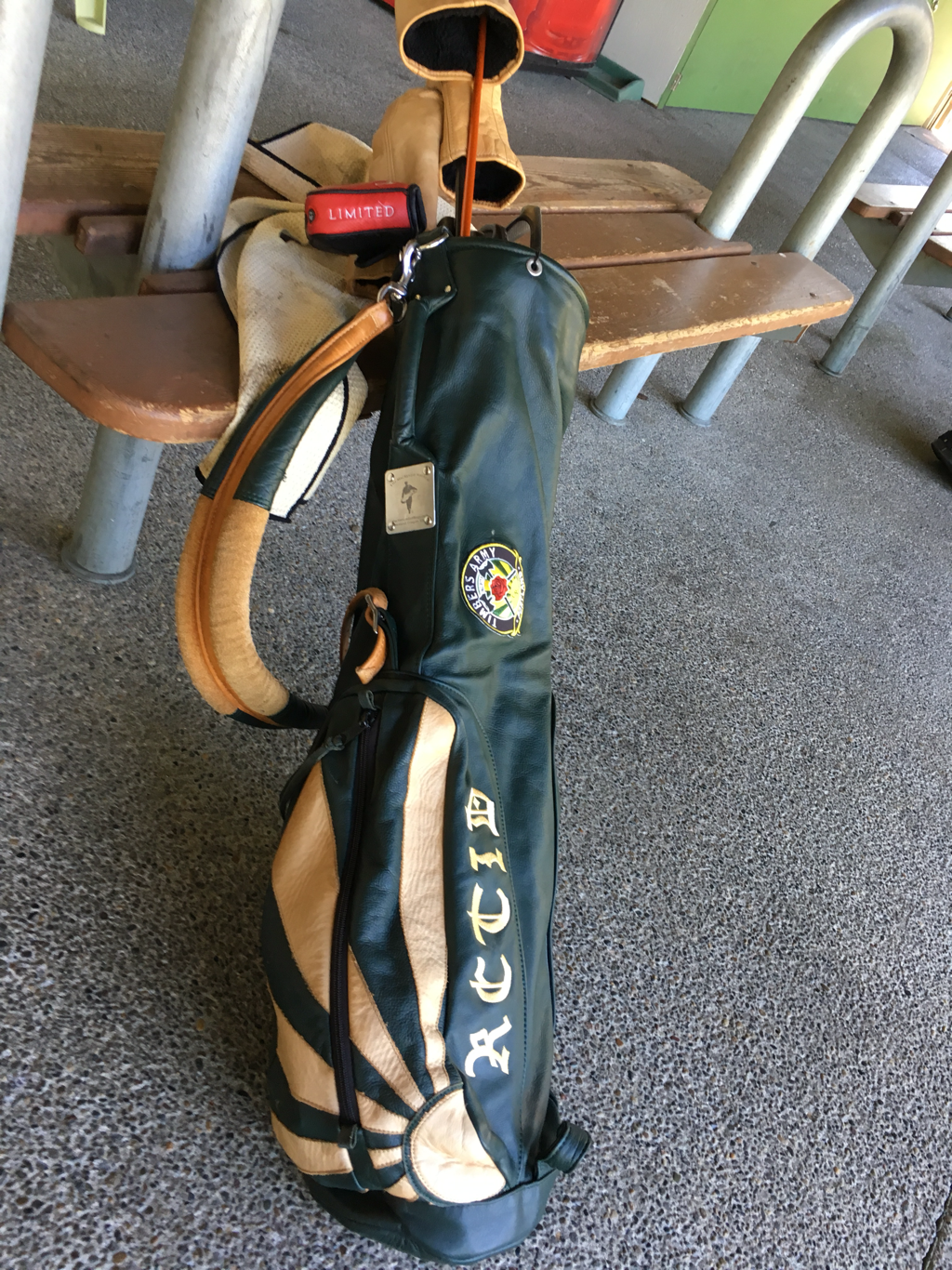
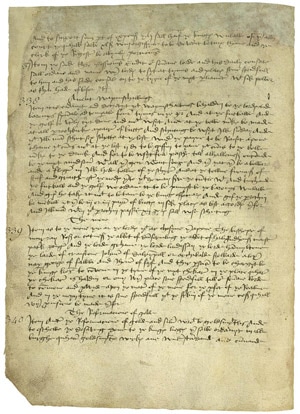


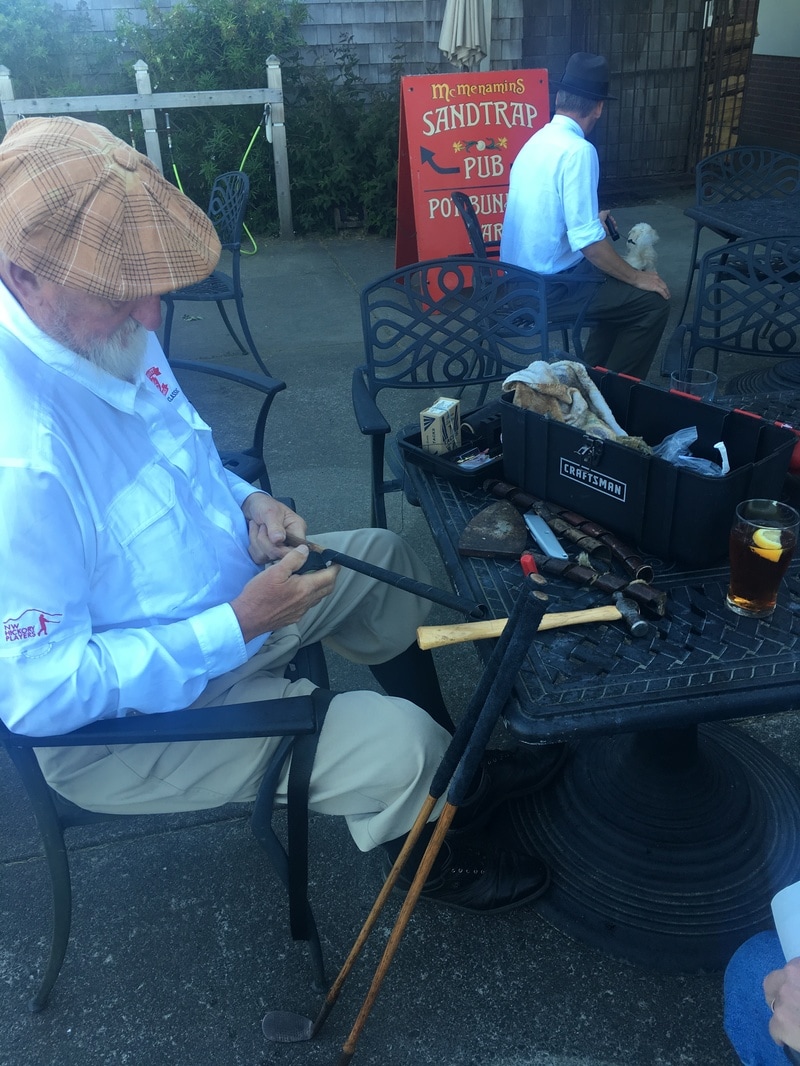
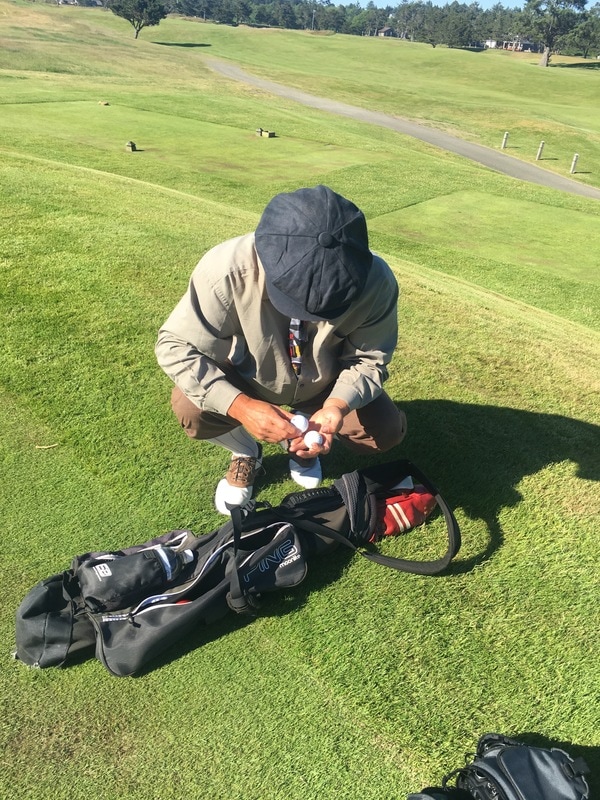
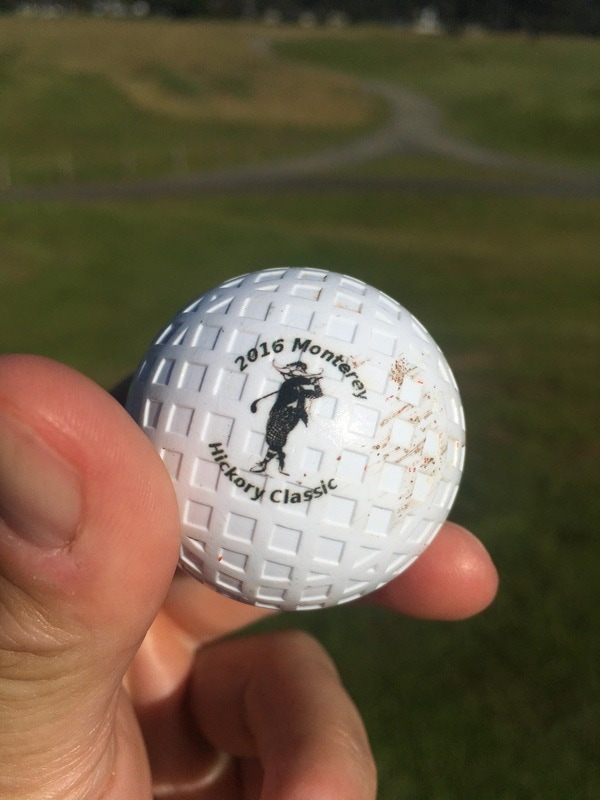
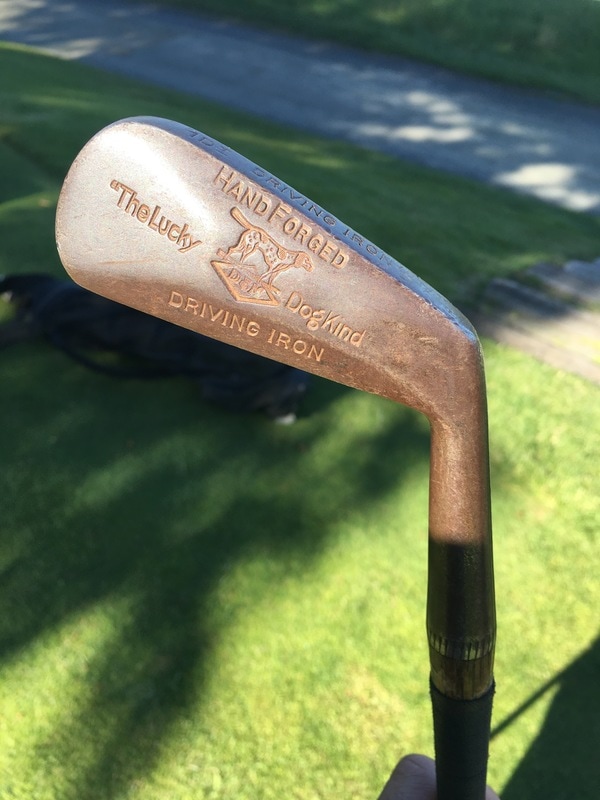
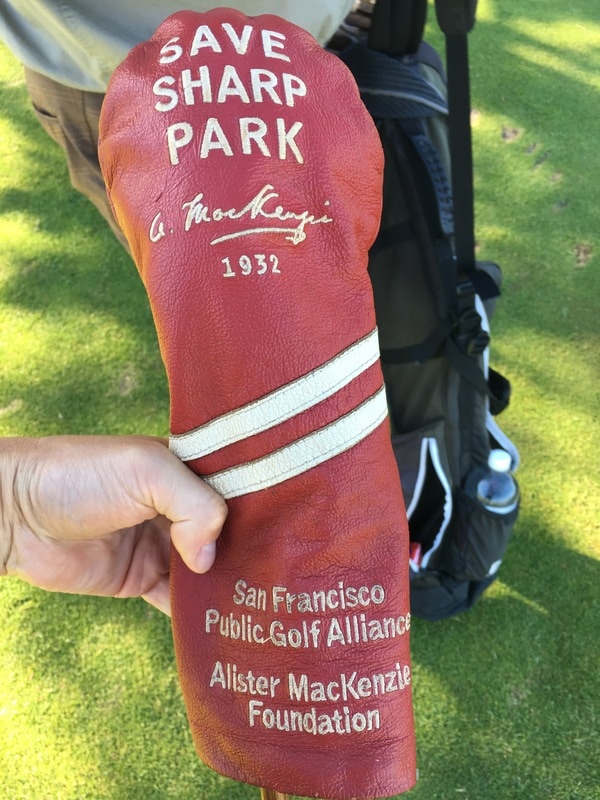
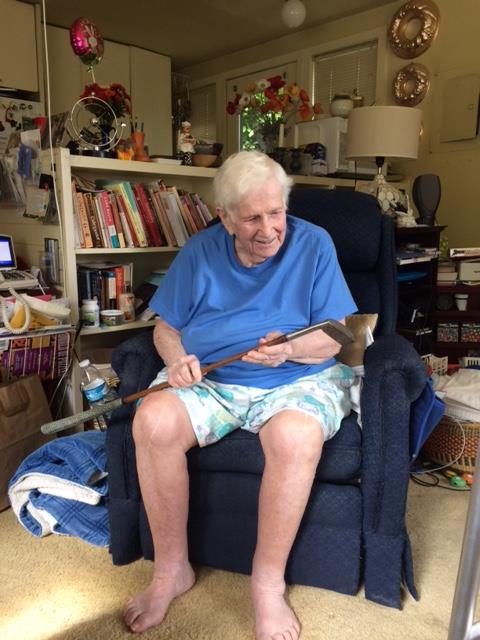
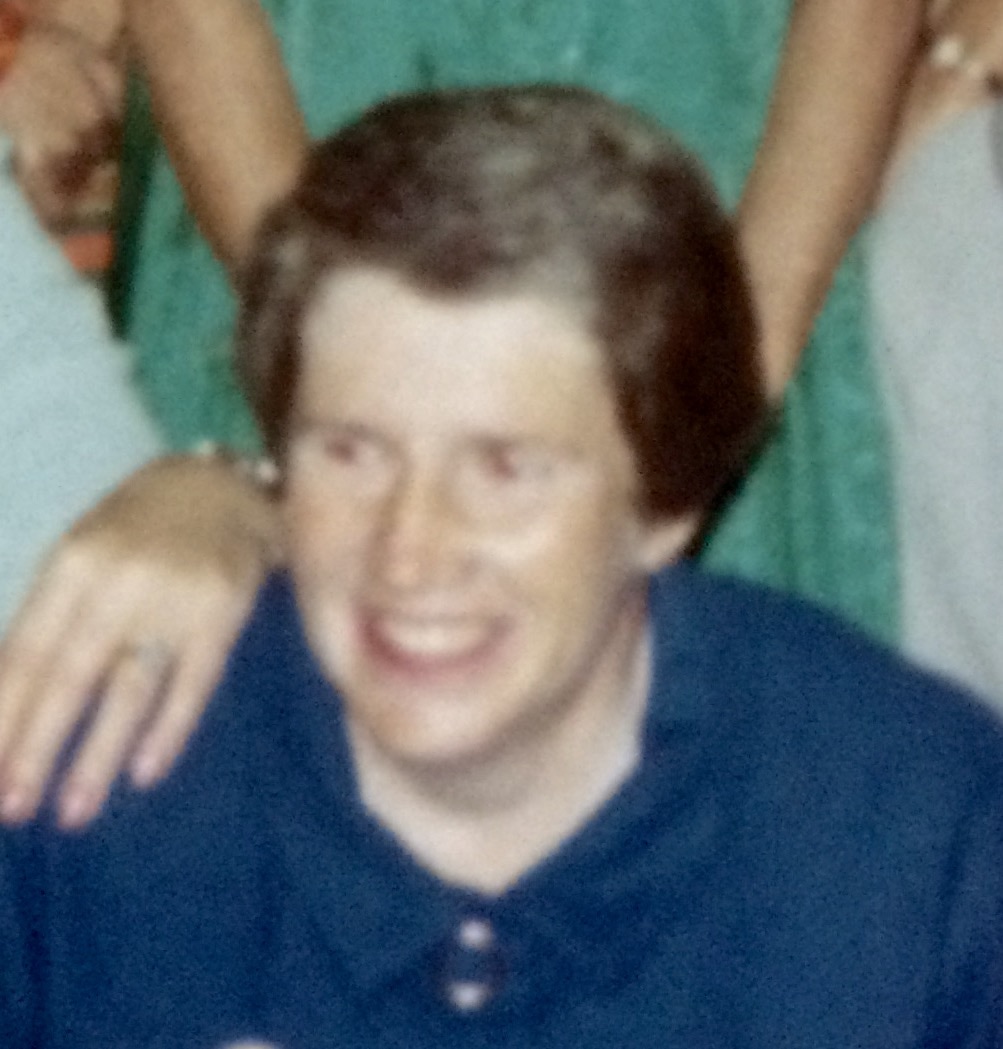
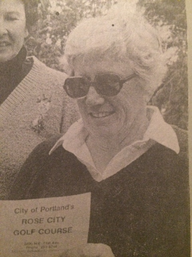
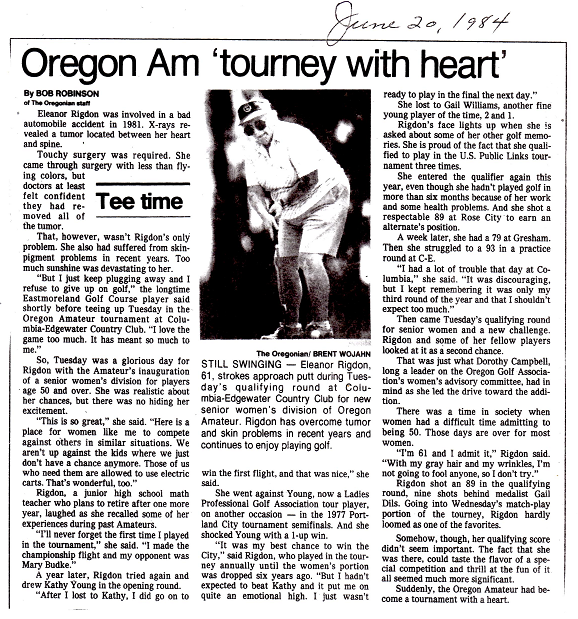
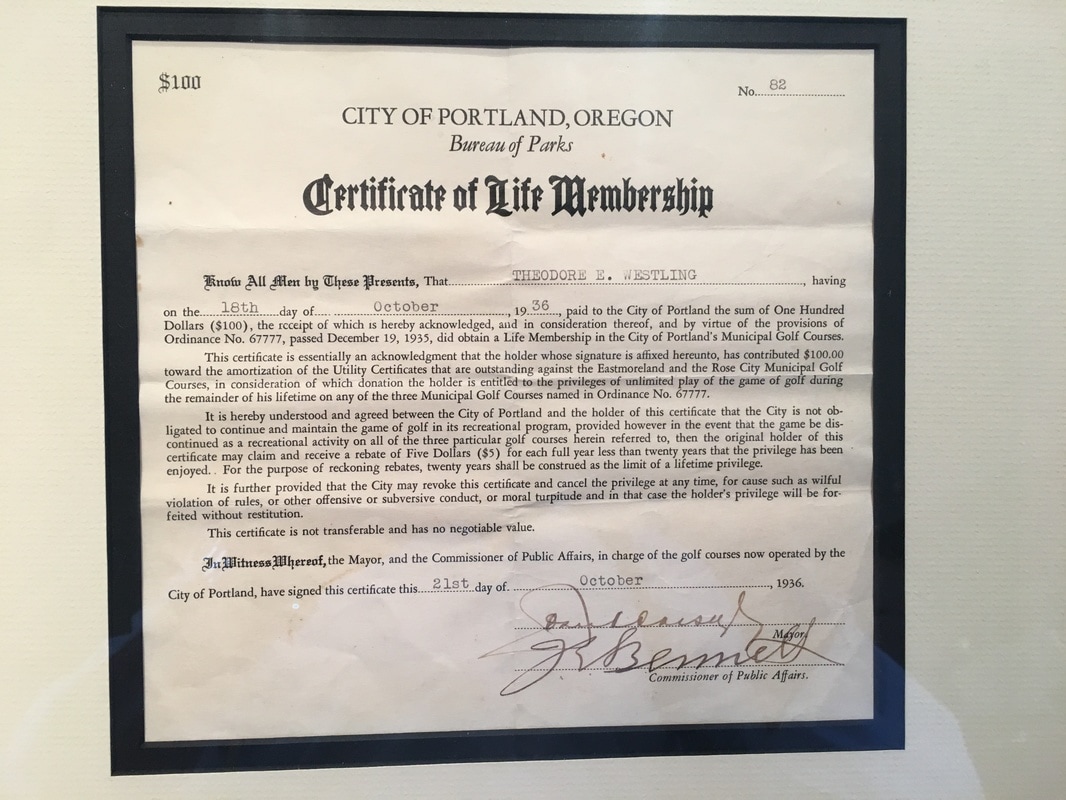
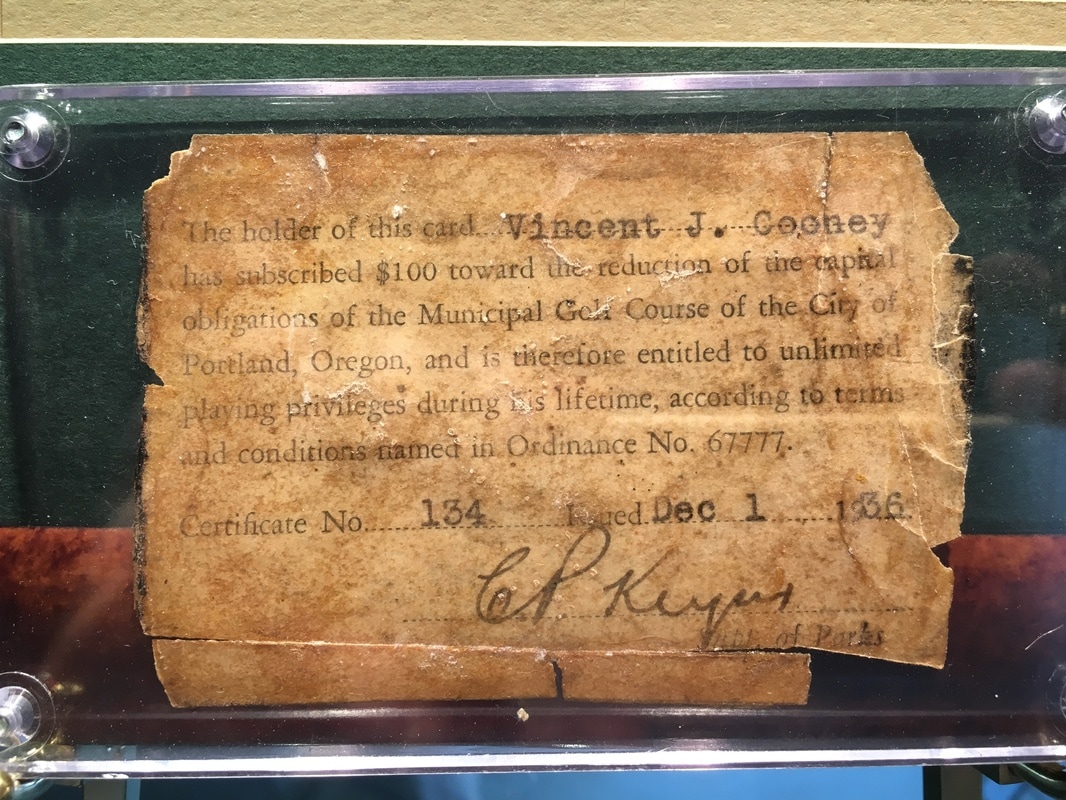
 RSS Feed
RSS Feed